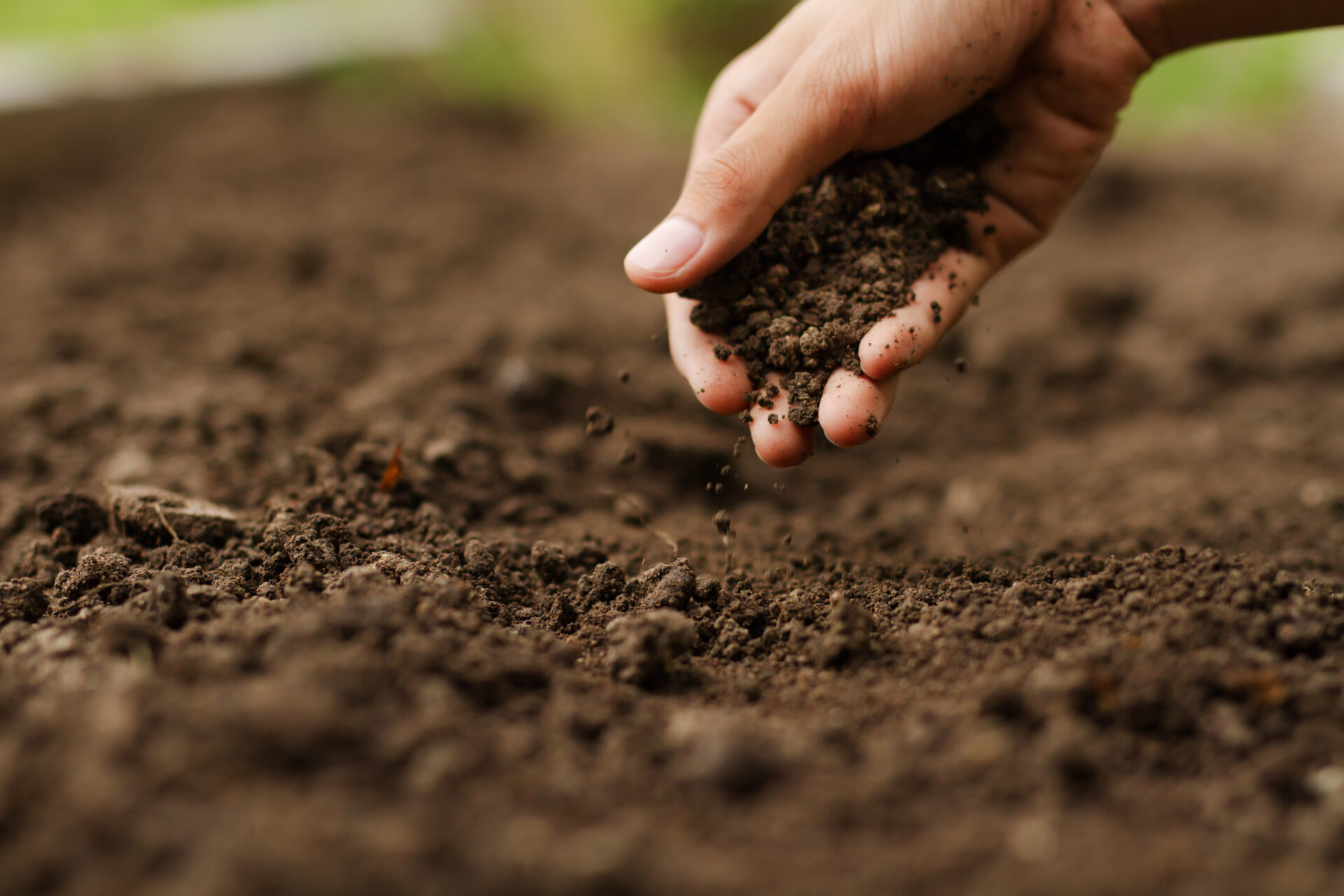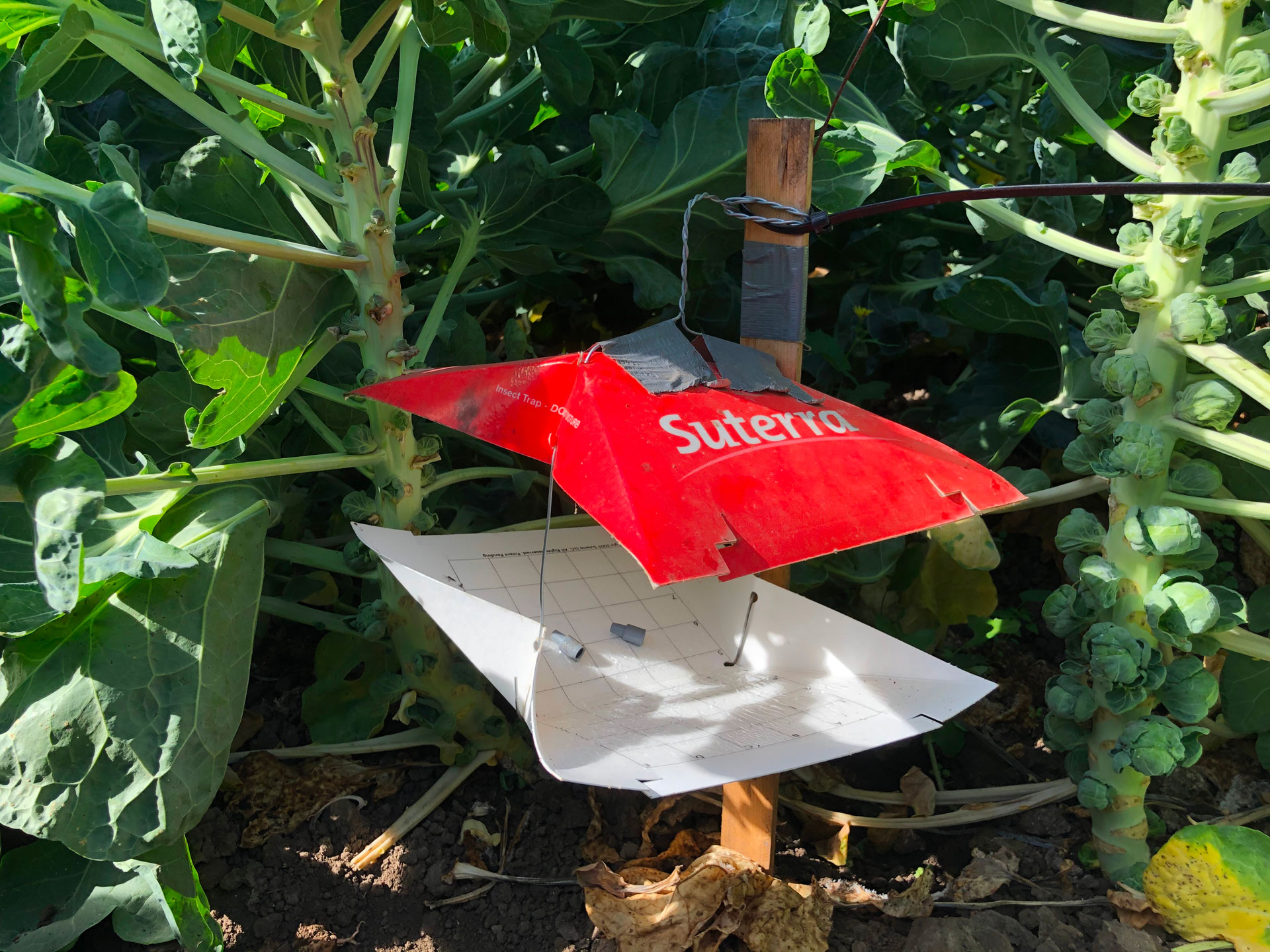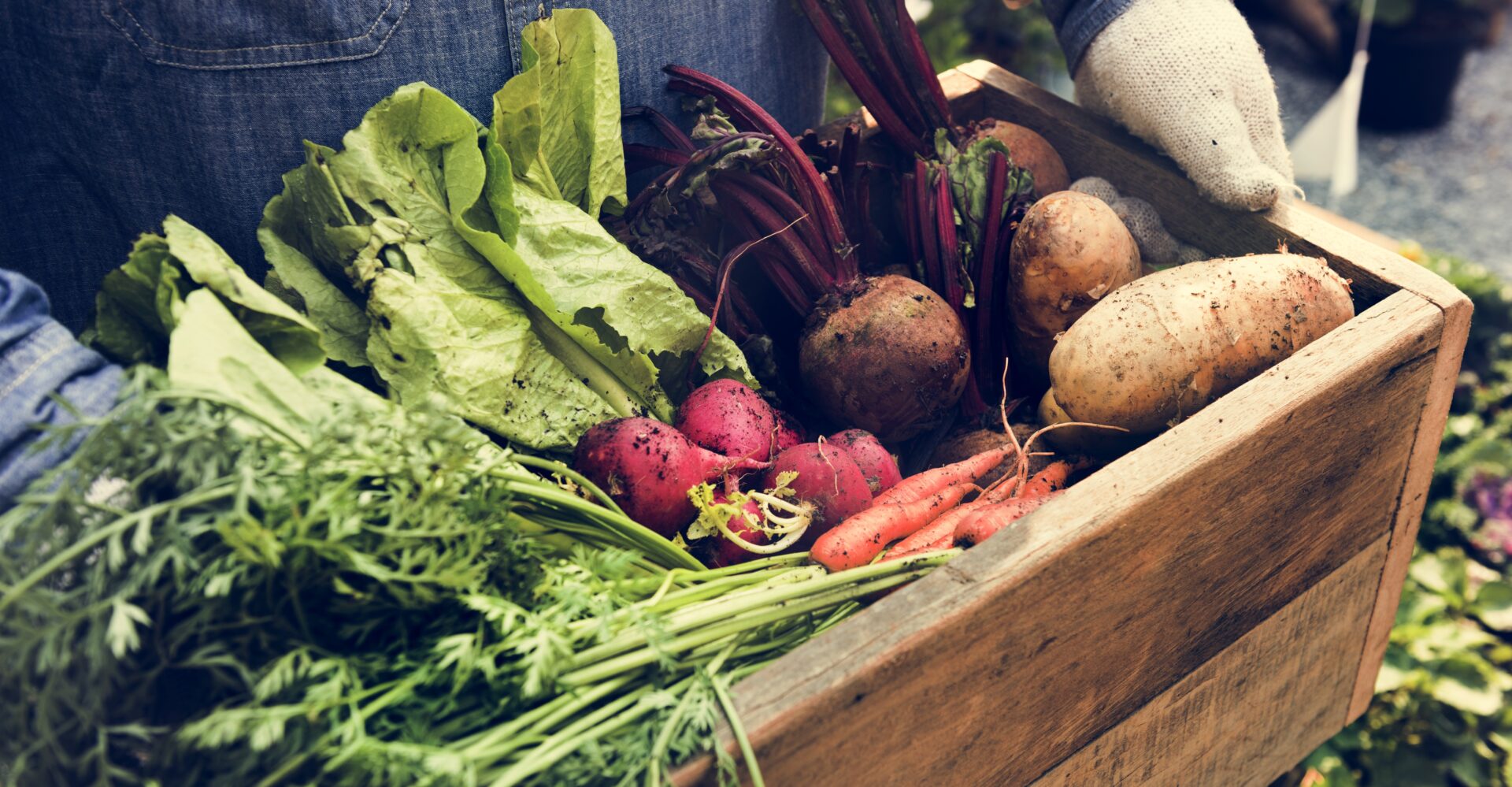
Over the past century, CO2 levels have risen significantly. There is considerable debate about the reasons (whether it’s a natural cycle or the result of increased CO2 emissions due to human activities,) but a general agreement is that human activity accounts for part of the increase, especially in view of the continuing increase of CO2 levels following the on-set of the industrial age.
There is a great amount of research regarding the benefits of organic matter or soil carbon in improving soil quality and the sustainability of balanced agriculture productivity. Less research has been done to quantify and measure the benefits of using the soil as a carbon bank. The consensus on the benefits of organic matter or soil carbon is far from being agreed upon. Climate mitigation projects in the agriculture sector, particularly those focused on storing carbon in soils, are increasingly being tied to carbon markets. But the impact of these initiatives is highly questionable.
Carbon Credits and Marketplaces
There are numerous sources of information on carbon credits. Some still call it hype while others posture it as an environmental must to combat rising temperatures associated with global warming. Some scientists are still on the fence while others still work on either side of the fence. Much of the farm and agriculture industry still asks the basic questions: What is carbon credit? Is it important? Can I accomplish the needed changes on my farm? Is there a return on investment (ROI) for expenses incurred? How do I get started? Who can I trust to advise me? Can I sell the credits, where, who buys them, and what are they worth? What approaches are there for entering a carbon marketplace?
Carefully consider all marketplaces and the terms and conditions of participating. There are typically two approaches for farmers entering carbon markets: using an aggregator or a data manager.
Aggregator
Farmer sells entire project, control and credits to the aggregator in terms and conditions set up in a contract. The aggregator then has complete control over carbon credits, when to sell, price and data shared.
Data Manager
Farmer pays a data manager to help them enter the marketplace for a fee or revenue percentage. The farmer has not sold real interests in the projects or carbon credits. How much will the farmer actually get seems like an important question. Some companies may have a price floor.
Available information on company websites appears to have wide ranges of compensation per metric ton of CO2-eq. The farmer may have to pay the fees or the company may keep a portion of the payment or percentage of carbon credits to cover the fees, so the actual amount the farmer gets is typically less than the price listed.
As a crop consultant, I am not going to judge any one system of operation regarding carbon. I have decided not to discuss the details and lengthy technical sides to carbon sequestration or climate mitigation as some refer to it.
Many articles and papers have been done on the history of the agriculture carbon credit programs. These were started on a large scale back in 2006 and by 2010 suffered massive failures. Some states, including California, started to renew these efforts with programs such as The Cap and Trade Program. Much of the effort in agriculture focused on the dairy industry.

Use Caution, Educate Yourself
Rather than comparing the ‘what to do’ and ‘what not to do’ examples, I will share my humble opinion with you. Please use caution. Opinion on soil’s potential to sequester carbon has mixed reviews and scientific consensus. There are those who believe soil carbon is the future of the planet’s climate mitigation. Others say the numbers are too little too late. As is often the case, the truth likely lies somewhere in between. As a consultant/conservationist, I believe soil carbon in agriculture to be a much-needed tool and at least a partial solution to sustainable agriculture.
Educate yourself and seek trained experts in carbon sequestration. I would personally get comparisons from multiple sources. I would also discuss your plans with your local NRCS. I worked for that organization for a decade in my early career. Since the 1950s, they have been consulting on sustainable farm practices, or regenerative farming if that is what you want to call it. Back then, it did not carry the same titles. It was simply considered conservation farm acres and involved rebuilding the soil health by increasing the organic matter, erosion control, setting aside acres and planting grasses on them to let marginal land rest and recuperate.
Fallowing fields coupled with reduced tillage and no till, grassed waterways and wind brakes, cover crops, crop rotation, irrigation water efficiency and improved grazing management on rangelands were all encouraged. Private forest management with selective harvest and dual cropping, such as properly grazing forest land while continuing to let the land be covered by trees, and replanting forested areas, creating buffer strips and riparian restoration along stream banks, are both practices developed to protect and enhance the land.
More Work is Needed
Adding another layer to the transition to carbon sequestration involves the type of farming being done. Many have asked if organic farming has a fit in the new wave of potential income generation on a farm. I don’t need to tell organic farmers why they grow organic. We know these certified farms adhere to a way of farming to build natural soil health. They strive to reduce or eliminate synthetic inputs with organically certified inputs.
Organic farmers try to increase the organic and biological matter in their soil. Since soil is one of the biggest sinks, or storage units, for carbon, this alone makes it important. Some studies claim that organic farming does not improve soil health over conventional farming. A new study from Northeastern University and nonprofit research organization The Organic Center (TOC), though, has reached a different conclusion: Soils from organic farms had 26% more potential for long-term carbon storage than soils from conventional farms, along with 13% more soil organic matter. Having consulted on organic farms and personally looked at soil samples and the soil itself, I have to report I have seen a notable change.
I know I am not sending out a message of blanket hope for the carbon program for organic farmers, but I do believe there is merit here. It just shows that there is still not enough collaborating information available to make a huge leap. Credible, reliable information is the key.
Another key point agreed upon by most writers on this topic is it will take incentive funding to get enough acres involved to make any major impact. We need technical assistance from multiple levels, from implementation of long-term plans to conclusive and quantitative data through monitoring and measurement. We need a more uniform direction so the various aggregators and data management organizations are on the same playing field. It is a complicated process, and those who would tell you different are not taking into account all the variables.
Do I as a Certified Crop Consultant and Certified Professional Agronomist think carbon programs are a good idea for organic farmers? The answer is yes. We need healthier soils and reduced inputs where possible. We need sustainable farm practices to ensure food production for years to come. We have an obligation to be better stewards of the land.
Regenerative agriculture is not a whim but a necessity. We need to reduce CO2 emissions, and using plants and farm soils to do this makes environmental sense. As I said previously, don’t ignore the possibilities this offers to improve your land. Simply use caution, seek out help and viable information. Make an educated decision based on science, economics, lifestyle and your capabilities on your farm to achieve your goal. The internet is full of reading, and if you ask many of your consulting firms, independents and suppliers, they can guide you to additional information.





